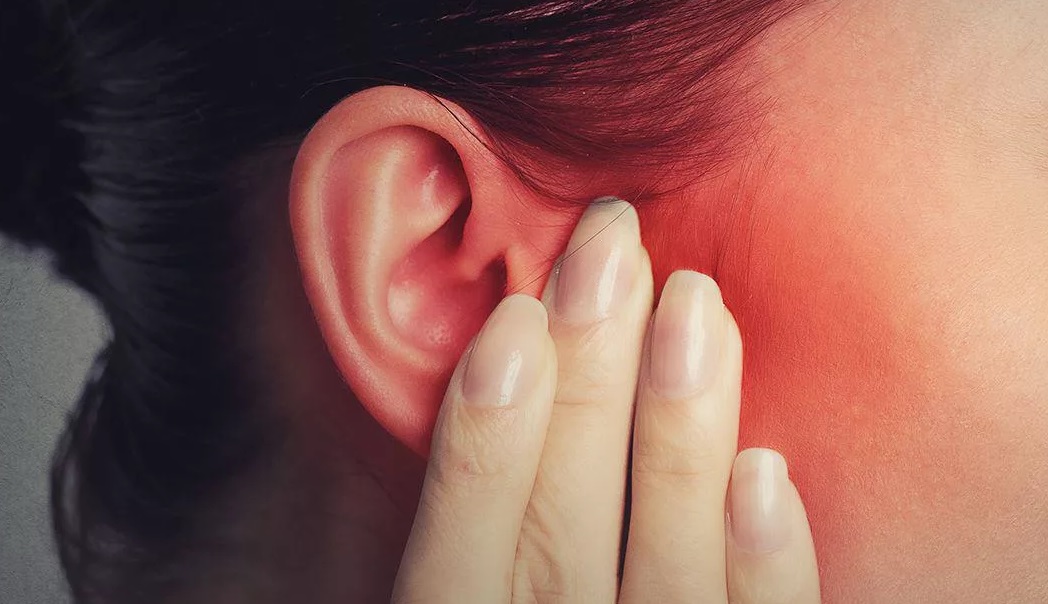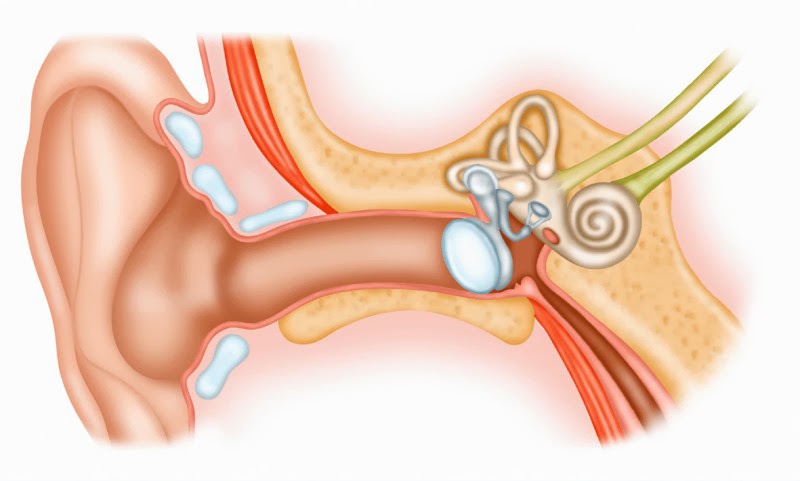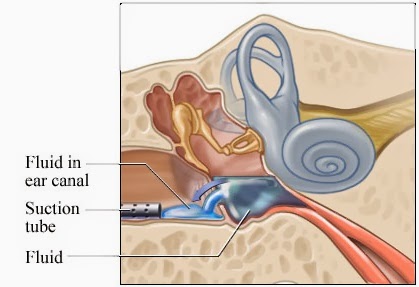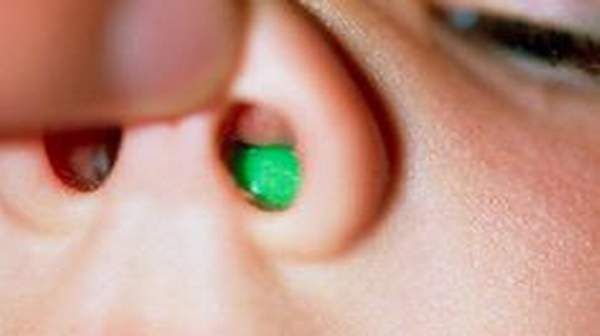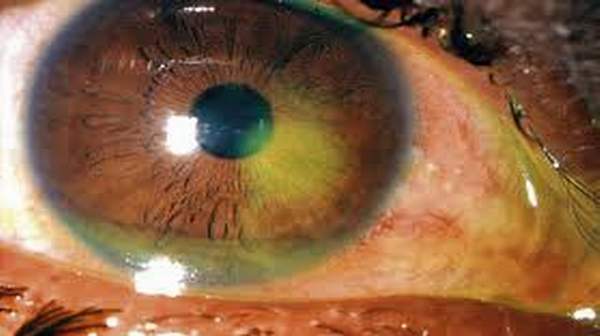What's in this article?
Who Gets Fluid in the Ear?
Anyone can get fluid in their ears, but it is much more likely to occur in children due to the anatomy of their auditory tube. According to the American Academy of Pediatrics, there are about 2.2 million cases in the U.S. each year, and about 90% of children will get it before they reach school age.
How Fluid in the Ear is Treated
In the past, medications have been used to treat fluid in the ear. These included antihistamines such as Benadryl and decongestants such as pseudoephedrine, and occasionally even steroids and/or antibiotics. However, the American Academy of Pediatrics has revised its guidelines stating that these medications are not effective for the treatment of fluid in the ear.
Fluid in the ears can be present with or without an active infection. Antibiotics are of no use unless there is a current ear infection and will not be used.
If your child is asymptomatic and not at risk for delays in his development, current guidelines recommend your doctor watch your child for a period of three months to see if the fluid goes away on it’s own. If the fluid has not gone away, your child is asymptomatic and is still not at risk for developmental delays your doctor may continue to monitor your child at 3-6 month intervals. If the fluid does not go away, your child has bothersome symptoms, or if their development or hearing is affected, his or her doctor may choose treat the fluid in their ears with the surgical placement of ventilation tubes. This done via a common surgical procedure in which a small incision is made in the ear drum and a tiny synthetic tube is placed inside. This will usually make it possible for the fluid to drain into the back of the throat.
Symptoms of Fluid in the Ear
Fluid in the ears may or may not cause symptoms. In fact, in almost half of all cases of otitis media with effusion there are no signs or symptoms reported by the child or their caregivers. If symptoms do occur, they can include mild ear pain that comes and goes, hearing loss, delayed development in speech and language skills, delayed gross motor skills and balance problems (vertigo).
For information on conditions that cause similar symptoms to fluid in the ear or that may be present at the same time as fluid in the ear you may wish to read some of the following articles:
- Everything You Need to Know About Middle Ear Infections
- What Is Ear Drainage and What Does it Mean?
- What Is Barotrauma of the Ear?
- What Causes an Earache?
Diagnosing Fluid in the Ear
The best method for diagnosing fluid in the ear is examination of the ear using an otoscope or otomicroscopy. This procedure is very simple and involves pulling back the ear and inserting the tip of the otoscope into the ear. This allows the doctor to visualize the ear drum (tympanic membrane). Experienced physicians may actually see either a fluid level behind the ear drum, a bubble, or that the ear drum is immobile. Unfortunately, it is not always so clear and the only thing indicating fluid in the ear might be a slight retraction of the ear drum, or a slightly abnormal coloration. A 2009 study suggests otomicroscopy to be superior to the use of a regular otoscope but many doctors do not have access to this equipment.
The presence of fluid in the ear can be confirmed by another test called tympanometry. This test has some similarities to an exam using an otoscope in that the ear will be pulled back and the tip of the instrument, also called the speculum, will be placed in the outer portion of the ear canal. Your child, (or you, if you’re the patient), should try to hold very still during this test and avoid speaking or swallowing if possible.
The instrument will measure the pressure inside of the ear then generate a tone. The tympanic membrane will reflect a certain amount of sound back into the tympanometer, which is charted on a graph called a tympanogram. If there is fluid in the ear, the tympanic membrane will stiffen and an abnormal amount of sound will be reflected.
Because fluid in the ear is often asymptomatic, especially in children, it often goes undiagnosed. If your child has symptoms of fluid in the ear it is best to take them to a pediatricians or an otolaryngologist (ear, nose, throat specialist or ENT). A specialist may have access to better diagnostic equipment, but even more importantly their experience is necessary to recognize subtle clues that might mean you have fluid in your ears. My own children had symptoms of fluid in the ear but were misdiagnosed by multiple audiologists and their regular pediatrician. It wasn’t until I took them to an ENT that fluid in the ear was finally diagnosed. However, that was just my experience – for the most part, a pediatrician should be able to manage the condition by conducting the tests mentioned above.

